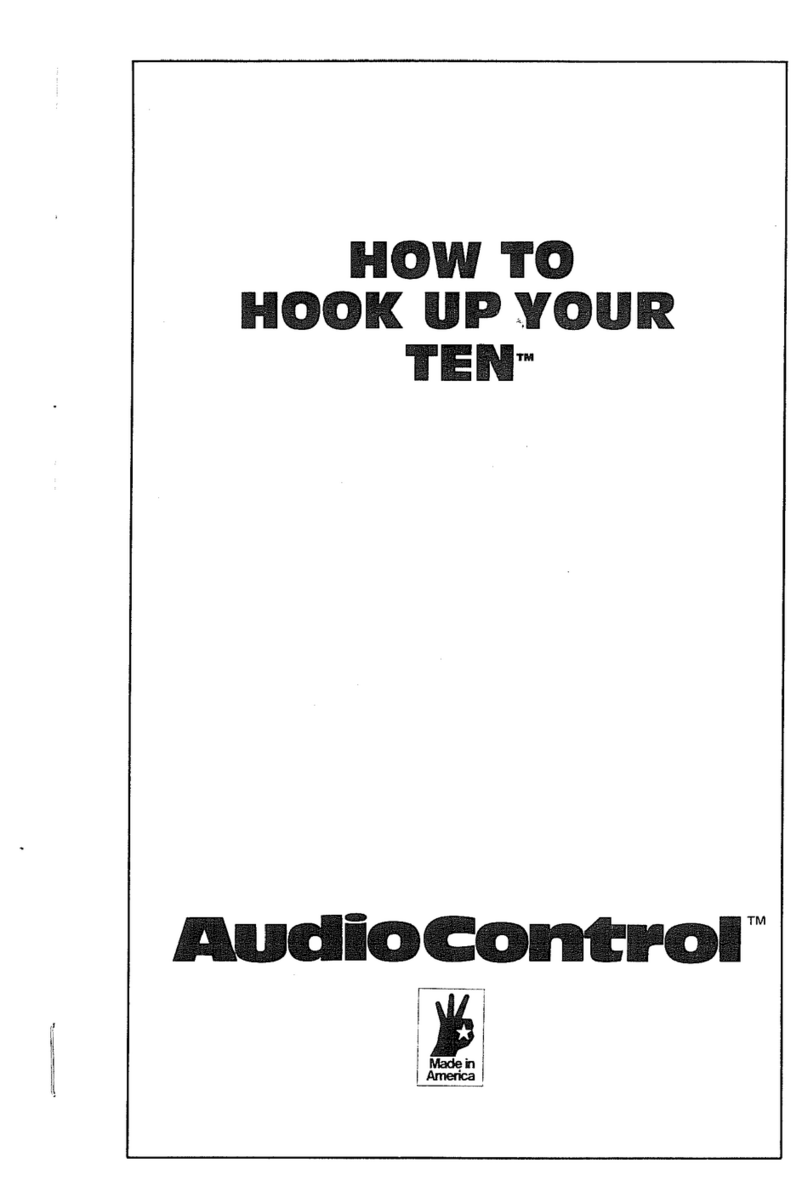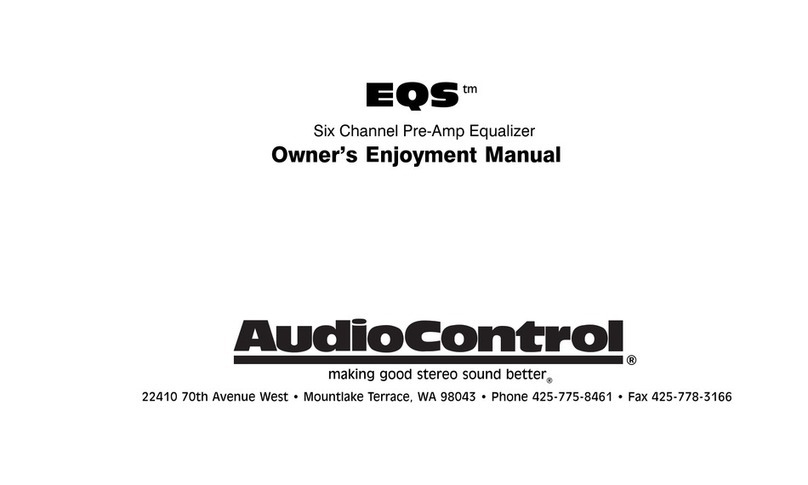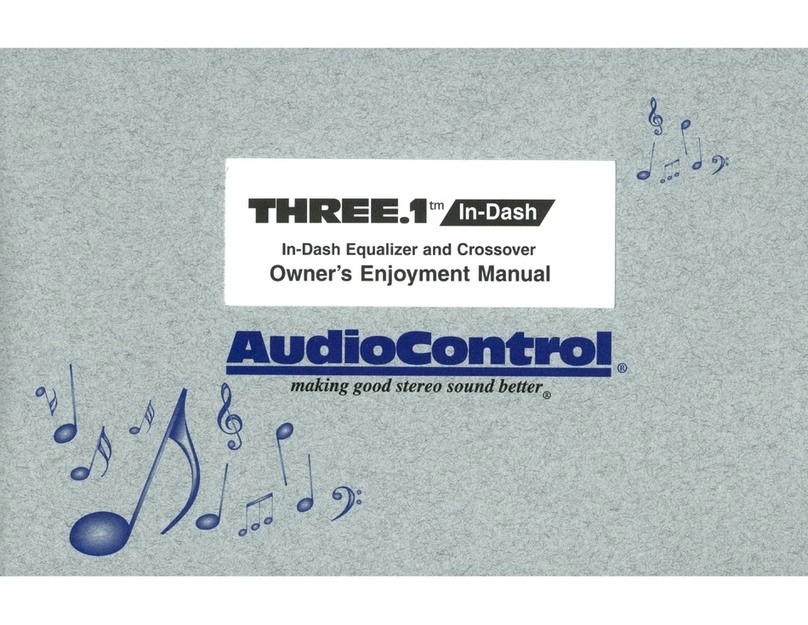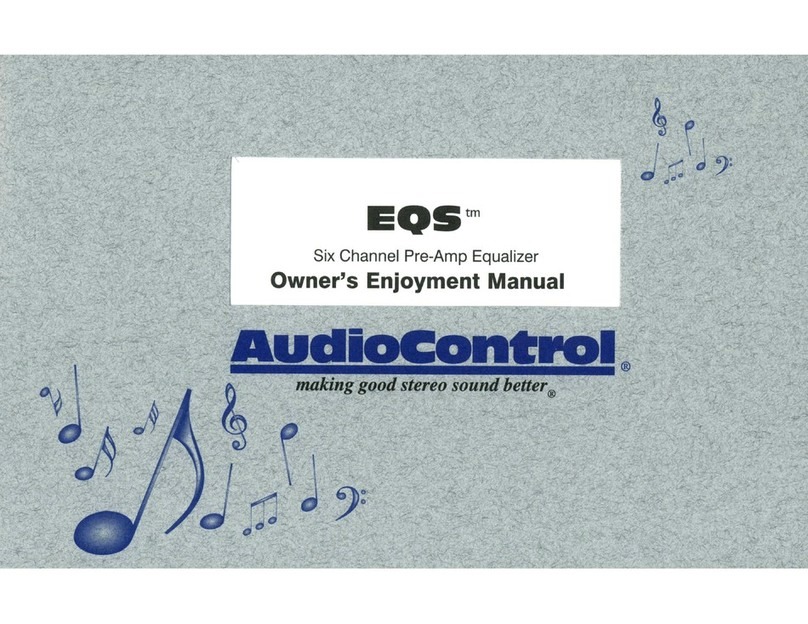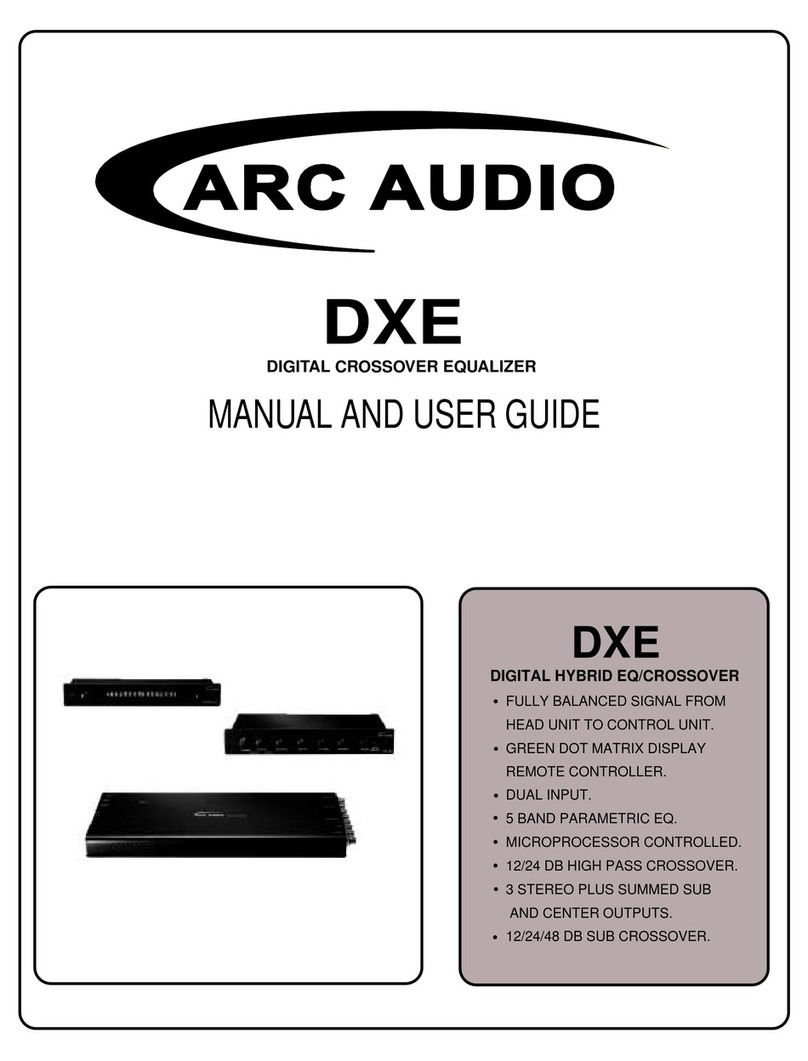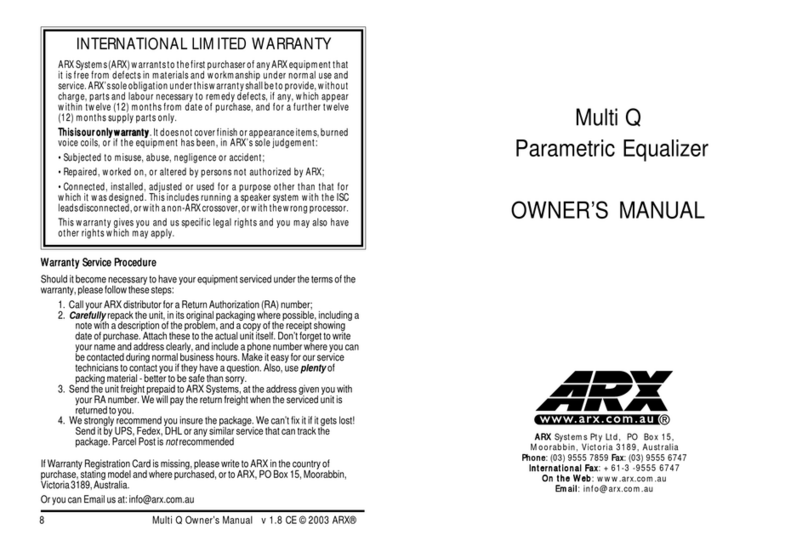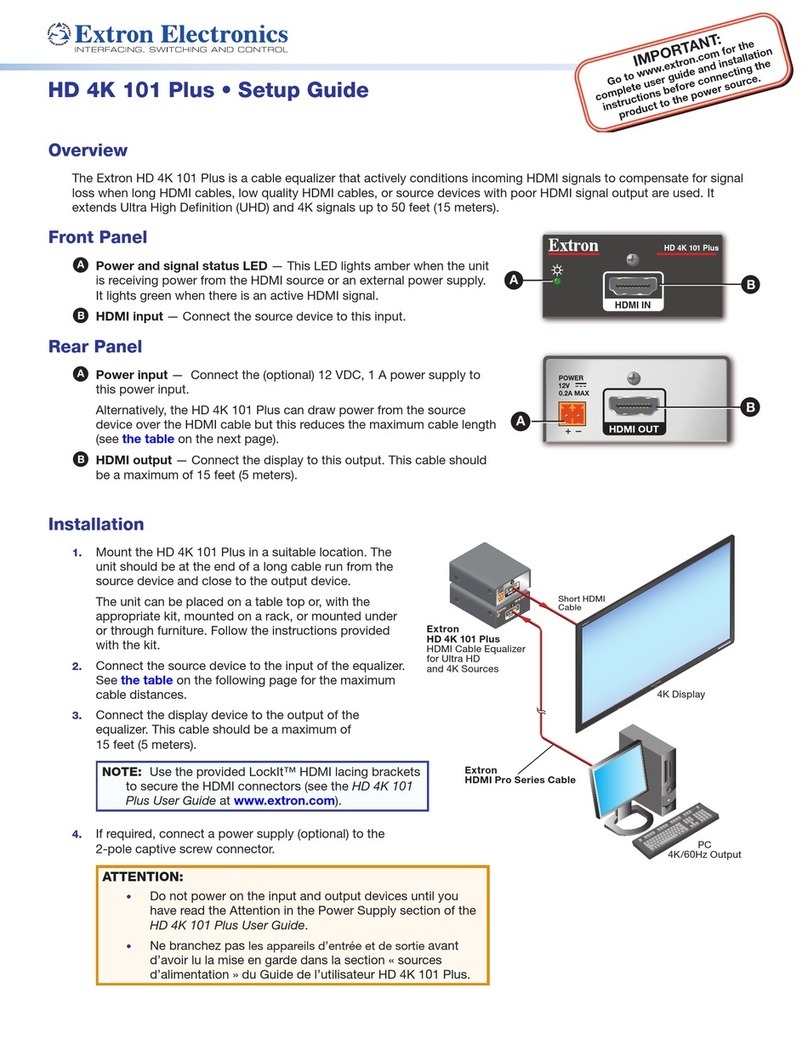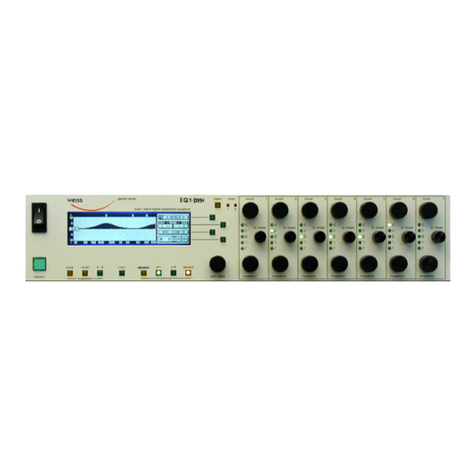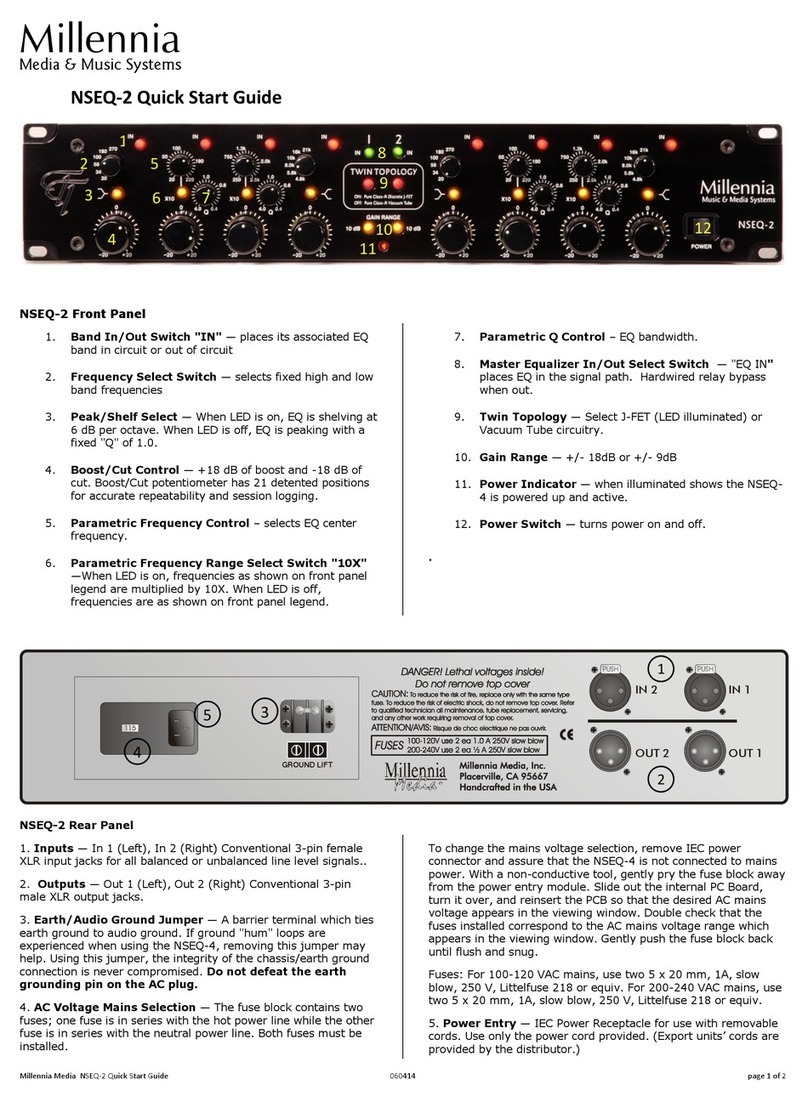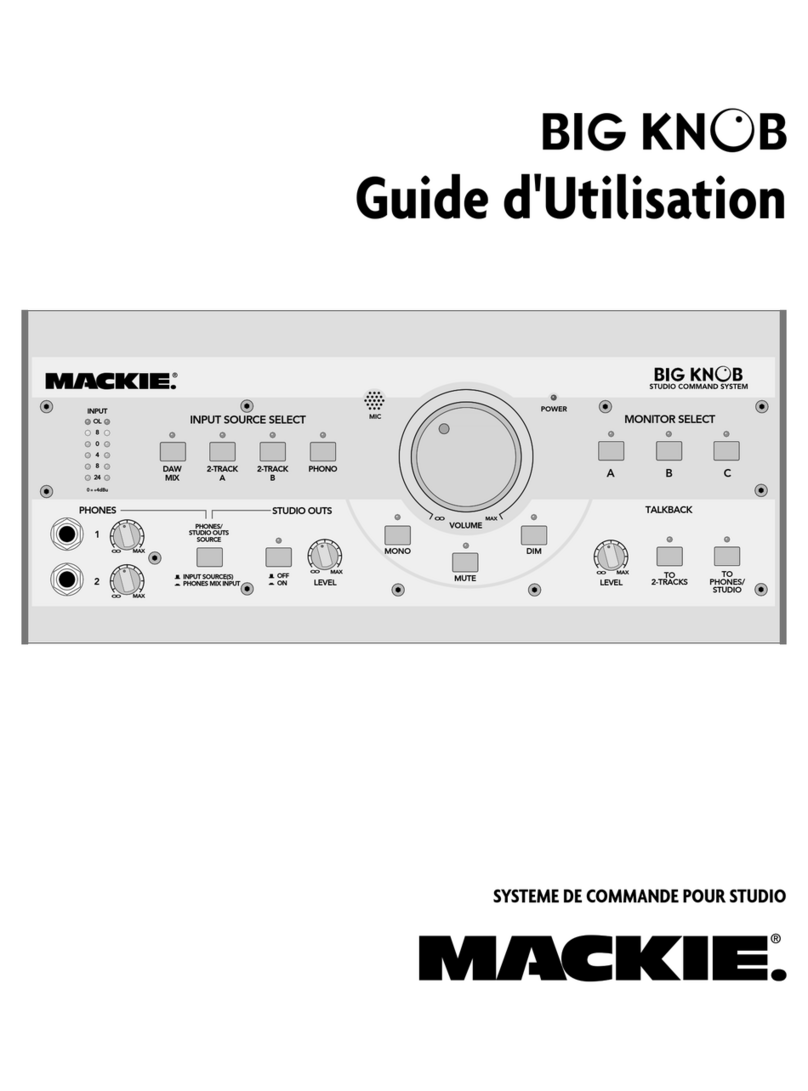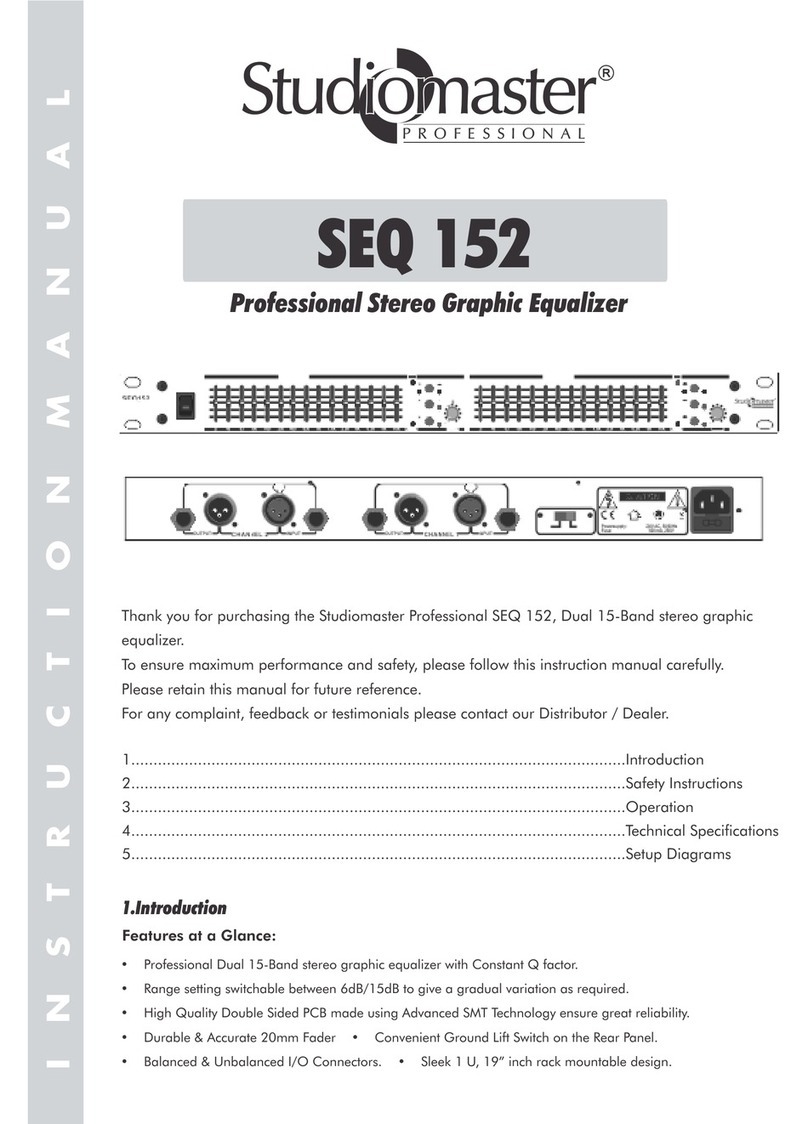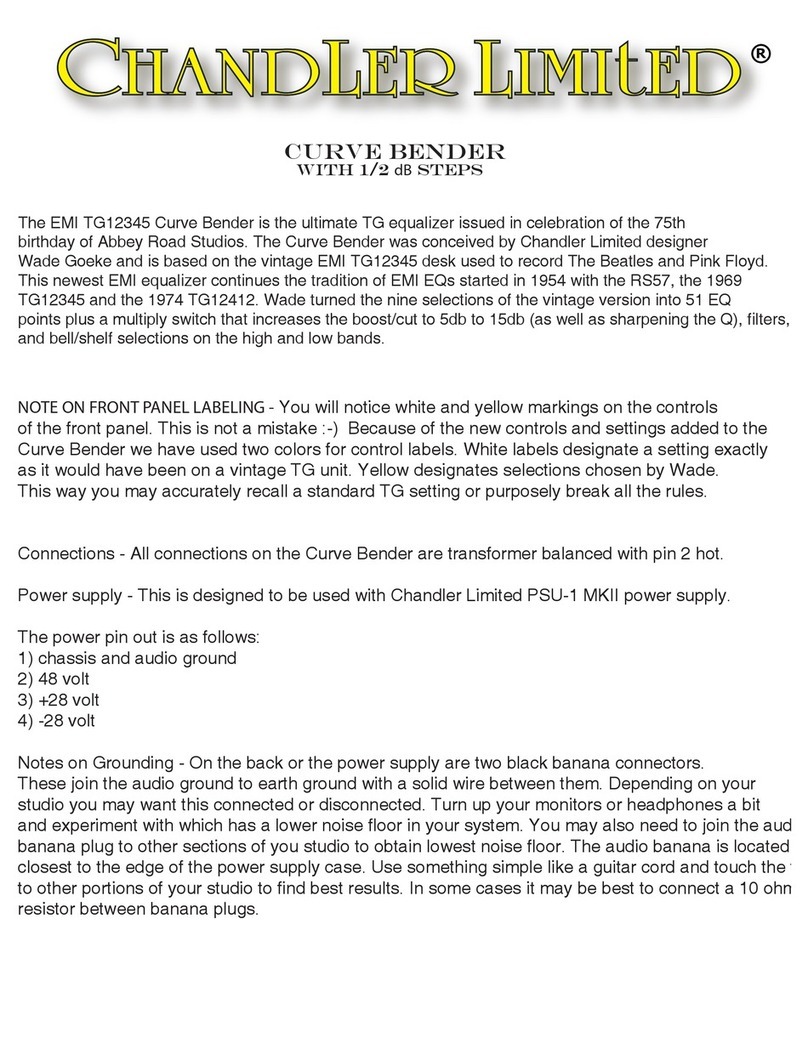
Now we add the next set of complications: Different
frequencies of sound have different wave lengths (a function
of frequency and the speed of sound). Each frequency’s
wavelength contributes differently to the Free and Reverber-
ant Fields because they are different sizes. For example, a
32Hz bass note has a wavelength of 35 FEET, while a
16,000Hz note has a wavelength of just under a tenth of an
inch. Tiny treble waves can be caught and neutralized by
draperies, carpeting, upholstered furniture and gangs of
indolent Persian cats. . . while gigantic bass waves simply
slosh back and forth in the room.
Another set of variables is the shape and volume of your
listening room. Large rooms require more bass energy to
excite waves within them. Small rooms need less energy, but
reflect it differently. And then there’s the fact that most
rooms don’t have four walls anymore, but open into dining
rooms, lofts, cathedral ceilings, etc. All of this means that
predicting sound interaction patterns is very difficult due to
the irregularities of the room shape.
As you can see, room acoustics is an important but
complicated subject. (To learn more about room acoustics,
download AudioControl’s Technical Paper 107, “Small Room
Acoustics De-Mythologized” from our website.) The overall
point that we’re trying to make is that the various rooms in
your home function as gigantic mechanical equalizers,
boosting or cutting certain frequencies depending on size,
shape, volume, acoustic treatment and the position of the
speakers.
Audio Analysis Using Pink Noise
It may take several series of adjustments since there is
some interaction between each eq control. We have included
some sample settings and general descriptions of each
control’s function beginning on the next page.
After initial adjustment the only time you would change
the control settings are 1) if you connect different speakers
into the system, 2) if (assuming the speakers aren’t built in)
you move them significantly, such as from a bookshelf to
floor stands, or 3) if your room acoustics change through
rearrangement of furniture, wall or floor coverings, large
hairy dogs, etc.
The following are examples of typical settings along with
short descriptions of each AEQ-26 Speaker Optimizer control.
Naturally, the results of adjustments will vary depending on
the acoustic environment, type of speaker and sound sources
you are using, but this is a good starting point.
11





















